Content by Jeff Martin
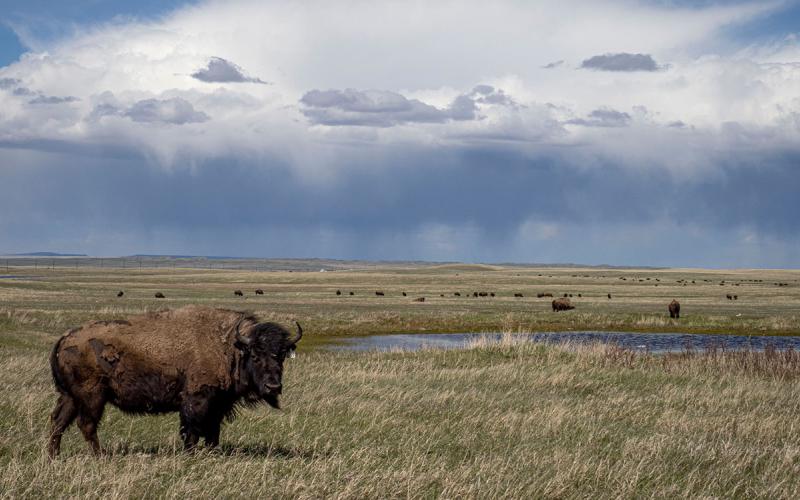
Decoding Bison: Refining the Bison Body Condition Score
Body condition scoring is an effective management tool as it allows managers to safely assess the health of their mature animals quickly and non-invasively.
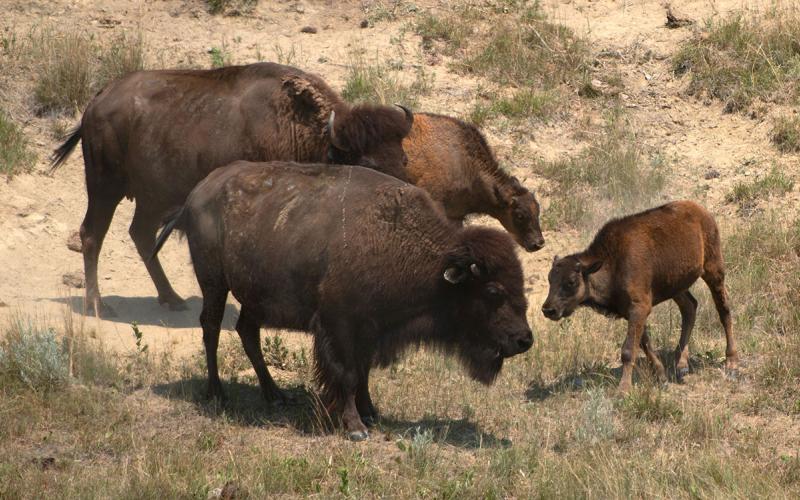
Decoding Bison Dietary Selection: More Than Just Grass
While bison are often thought of as quintessential grazers, their diet is surprisingly variable. However, they also snack on non-grass species throughout the year.
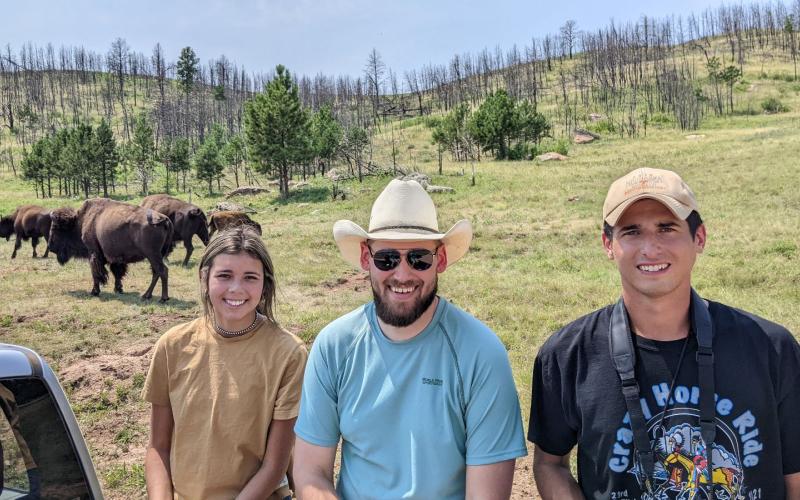
Bringing happy, healthy bison back to the Great Plains
January 17, 2025
There are approximately 400,000 bison across North America, down from 30 to 60 million prior to the 1860s. South Dakota has the largest bison population in the U.S. with nearly 40,000, and Martin hopes to see it keep rising.
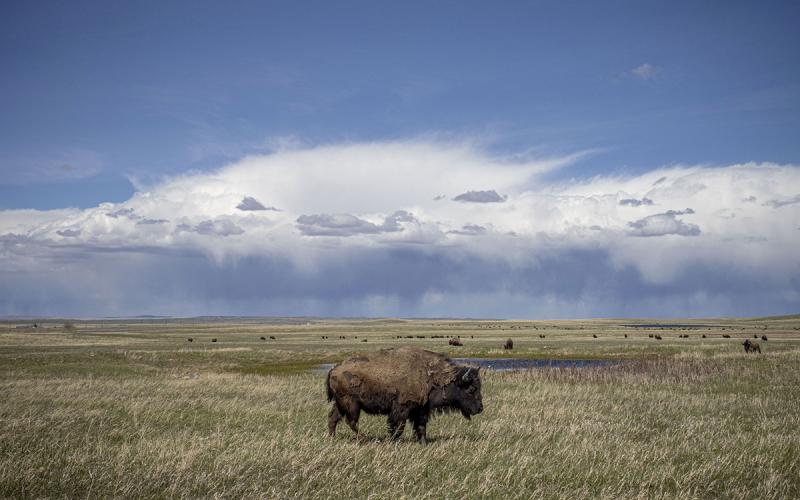
Decoding Bison
The Decoding Bison program is designed to equip bison managers from the private, tribal, nonprofit government organization and public sectors with the knowledge and skills necessary for effective bison management.

Climate Toolbox How-To: Preparing Your Ranch for Future Climate Scenarios
This article explores practical insights and tools offered in the Climate Toolbox that equip bison ranchers to make informed decisions in ranch planning, grassland management, and parasite control.
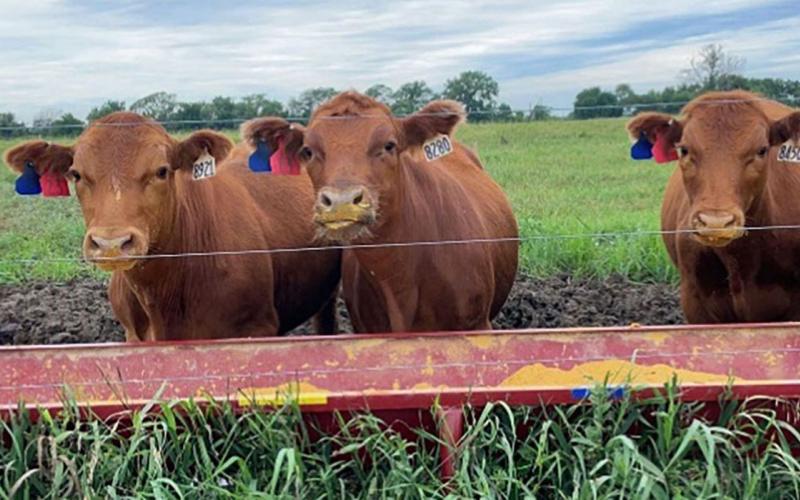
Animal Science Research and Extension Report
Research report from Animal Science Department covering a variety of areas in livestock production.

SDSU Extension welcomes new bison specialist
April 19, 2023
SDSU Extension is excited to announce a new bison specialist. Jeff Martin has been named the SDSU Extension Bison Specialist and the Assistant Professor of Bison Biology and Management in the Department of Agriculture and Natural Resources. Martin’s role is 70 percent research and 30 percent Extension, and he will continue to be based at West River Research and Extension center in Rapid City, South Dakota.
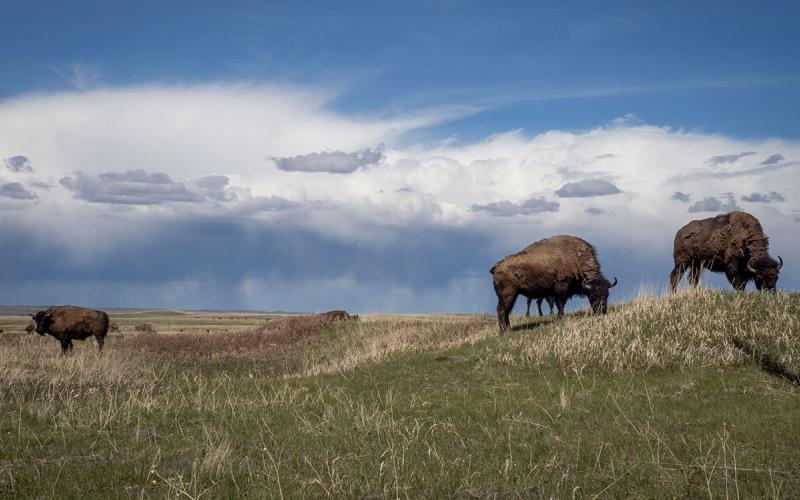
Show Me the Home Where the Buffalo Once Roamed
Have you ever wondered when and where bison were roaming during the colonial period in North America and before? Take an in-depth look at the historic extent of occurrence of bison to better understand their natural habitat.

Goldilocks and Bison Carcass Size Considerations
Many are familiar with the story of Goldilocks and the three bears, where Goldilocks tries to find a bed that's not too hard, nor too soft, but “just right.” Learn how this same concept can help producers find a carcass size that's "just right" for bison processing.

Are bison amenable or non-amenable? How does the definition of bison affect harvest systems and quality of meat and carcasses?
While status of bison as an amenable versus non-amenable species seems confusing and complex, there are associated benefits and consequences for each definition.